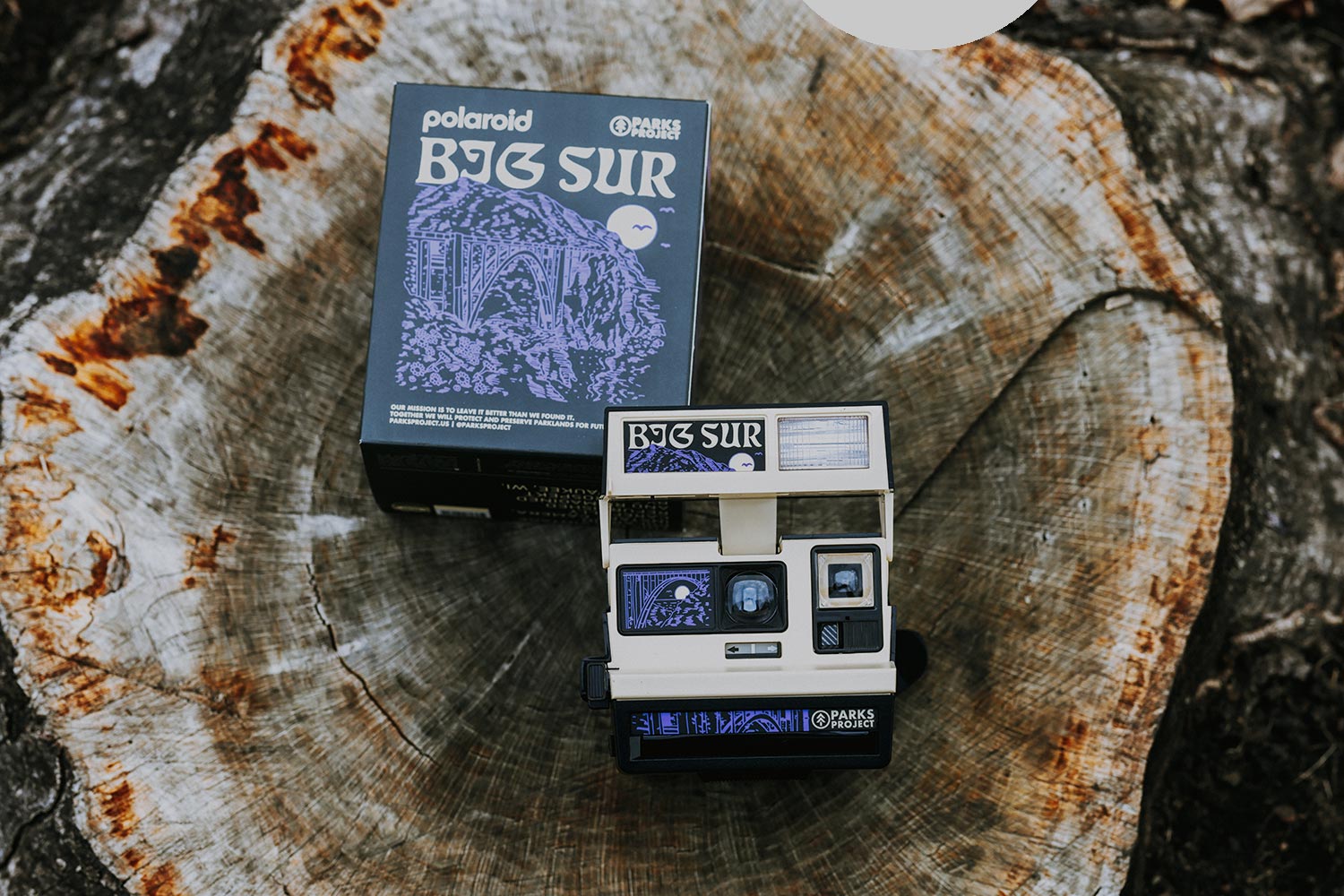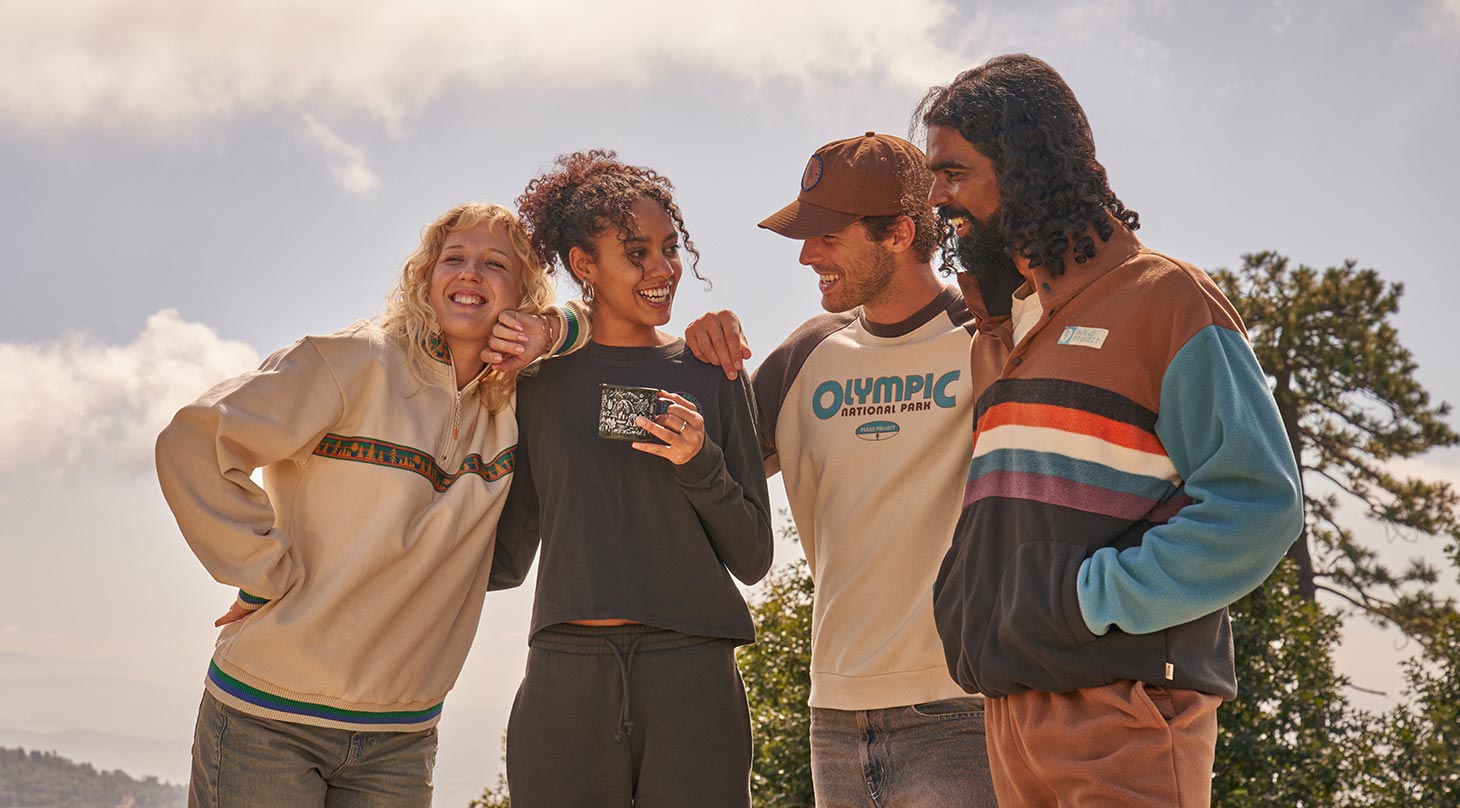
As the official nonprofit partner of Grand Canyon National Park, Grand Canyon Conservancy inspires people to become park champions so that the natural and cultural wonder of the Grand Canyon can be enjoyed for future generations.
How do they do it? Our teams at Teva and Parks Project caught up with Theresa McMullan, CEO of Grand Canyon Conservancy (GCC), to learn about the threats facing the Colorado River ecosystem, how GCC protects the park and where to find the most dazzling experiences from rim-to-rim.
Tell us about yourself! What do you do at Grand Canyon Conservancy and what personal connection do you have to the Grand Canyon and Colorado River?
THERESA MCMULLAN: I was born in Arizona and my first visit to the Grand Canyon was during my childhood. However, it was a hike to Phantom Ranch 19 years ago that truly captured my heart. This experience inspired me to embark on a life-changing, 14-day river trip. As a result, I became a member of Grand Canyon Conservancy (GCC) and eventually in 2019, I was appointed CEO.
In my current role, I work closely with the park’s superintendent Ed Keable and National Park Service leadership to support the mission of Grand Canyon National Park and execute on priority projects. My passion for this incredible landscape and its rich cultural heritage has led me to dedicate my career to serving GCC.

What is the mission of Grand Canyon Conservancy?
THERESA MCMULLAN: As the official philanthropic and collaborative partner of Grand Canyon National Park, Grand Canyon Conservancy’s mission is to inspire generations of park champions to cherish and support the natural and cultural wonder of Grand Canyon.
We acknowledge that Grand Canyon National Park exists on land that Indigenous people have inhabited since time immemorial and whose histories and cultures are tied to locations that are now located within national park boundaries. GCC accepts the responsibility of stewarding these places and pledges to honor and respect these lands, their cultural history, and the 11 nations that call Grand Canyon home.

What makes the Colorado River so special and important to people and surrounding communities?
THERESA MCMULLAN: Water is a vital natural resource, particularly in the arid desert southwest. Over 40 million people rely on the Colorado River for drinking water and the river irrigates nearly five million acres of land. It is also a beloved recreation and travel destination and provides critical habitat to endangered plants and animals.
The Colorado River is a sacred place of serenity and reflection that invites exploration and adventure, instilling both gratitude and humility. It is also a cultural touchstone for many tribal communities who have called Grand Canyon home since time immemorial.
What’s your most memorable moment at the Colorado River or a bucket list experience you would recommend and why?
THERESA MCMULLAN: I've had many unforgettable moments at Grand Canyon, making it tough to choose just one. However, one unique experience I had was being thrown from a paddle boat and having to swim a rapid. I wouldn't recommend that to anyone, though!
One of the remarkable things about Grand Canyon is that it is awe-inspiring no matter where you are. If you're on the rim, you can witness a magical display of light on the canyon walls as clouds drift by. If you're on the trail, you can seek solitude and challenge. If you're on the river, you can enjoy the peacefulness of floating on calm water or the thrill of navigating whitewater. And if you're here at night, the incredible dark skies will leave you dazzled.
It's hard to put into words, but the canyon makes me feel both insignificant and inspired at the same time. Therefore, my recommendation is to come to Grand Canyon and experience as much of it as possible. Even if you only make it to the rim, it will not disappoint.

What are the biggest threats to the Colorado river systems and why?
THERESA MCMULLAN: Twenty two years of severe drought driven by climate change and overuse of limited water supplies have depleted Lake Powell from approximately 95% full in 2000 to approximately 25% full in 2022.
Last summer, the lower reservoir water levels caused invasive species such as Smallmouth Bass, Green Sunfish, and others to pass through the dam. These species have subsequently spread throughout Glen Canyon National Recreation Area below Glen Canyon Dam. The lower reservoir level is also causing release temperatures to increase, warming the river, and further increasing the risk of Smallmouth Bass and Green Sunfish establishment in the Glen Canyon National Recreation Area and Grand Canyon.
If Smallmouth Bass, Green Sunfish, and other novel high-risk warmwater invasive species establish below the dam, there will be detrimental impacts to native fish communities. Establishment could jeopardize the status of the federally protected Humpback Chub within a few years.

In celebration of our new Keep Rivers Wild collab, Teva and Parks Project have teamed up to donate $30K to GCC to support Colorado River restoration. How will this donation support keeping rivers wild?
THERESA MCMULLAN: Rapid response approaches are needed to meet emerging needs of NPS staff to address the concerns in and around the river. This includes protecting native fish, wildlife, and vegetation along the river, addressing contaminants of emerging concern, preserving historic archaeological sites and maintaining campsites, trails, and beaches along the river. Teva and Parks Project’s support will allow the National Park Service to be positioned to respond to this clear and present danger to Grand Canyon’s Humpback Chub and other native fishes and to ensure safe and memorable visitor experiences.
What does the phrase 'leave it better than you found it' mean to you?
THERESA MCMULLAN: The Grand Canyon is the heart of the Colorado River. The natural and cultural significance of Grand Canyon makes it one of the Seven Natural Wonders of the World and a UNESCO World Heritage site. It is a precious natural and cultural resource that needs to be forever safeguarded.
When it comes to the Grand Canyon, it's challenging to make it better. I always think of it as a place where we should be respectful and tread lightly. By promoting the need for its protection and inspiring people to become park champions, we can help preserve it for future generations and make sure people from around the world are able to experience this iconic landscape.
How can our fans get involved in supporting to protect the Colorado River?
THERESA MCMULLAN: Donations are necessary to keep the canyon GRAND and the Colorado River thriving. You can get involved by joining Grand Canyon Conservancy and becoming a member. Your support will have an immediate impact, helping fund critical restoration work on the Colorado River, scientific research, trail maintenance, education programs, first-voice interpretation at the park and so much more! You can also sign up for our email newsletter to stay connected with our work and receive the latest news about happenings at Grand Canyon National Park.



